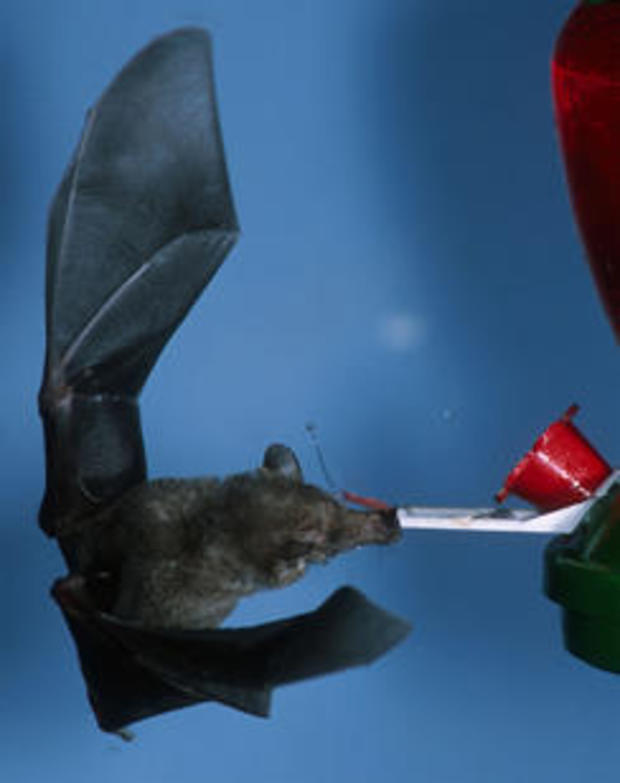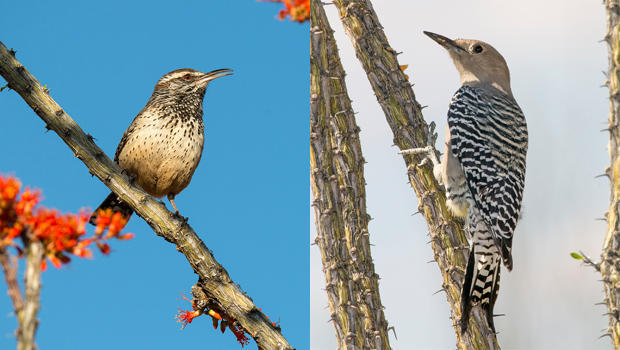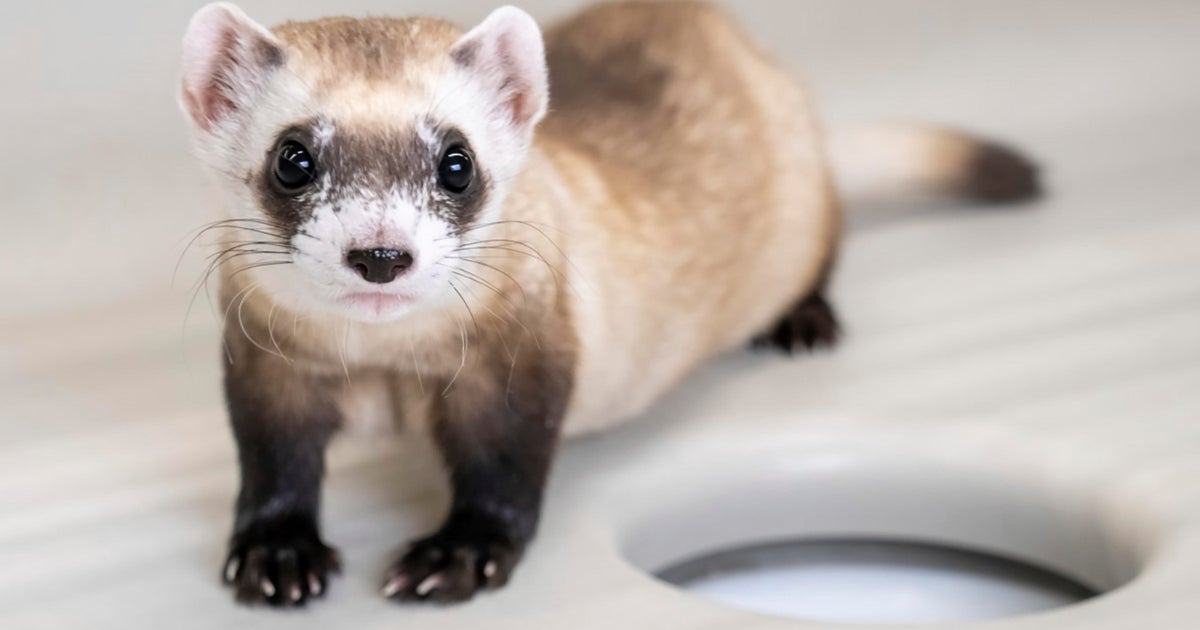Nature up close: Organ Pipe Cactus National Monument
By “Sunday Morning” contributing videographer Judy Lehmberg.
Arizonans aren’t kidding when they say they take their cactus seriously. Arizona is the only state in the U.S. that protects its cactus both in a national park (Saguaro National Park) and a national monument (Organ Pipe Cactus National Monument).
Organ Pipe Cactus National Monument covers more than 500 square miles in the southwest corner of Arizona, and is the only part of the U.S. where organ pipe cactus can be found.
The monument was set aside by FDR in 1937 to protect part of the Sonoran Desert, the most species-rich desert in the world. Because its species diversity is so high, and the combination of species is found nowhere else, it is also an International Biosphere Reserve.
There are 669 biosphere reserves in 120 countries around the world. They are nominated by national governments to the United Nations Educational, Scientific, and Cultural Organization (UNESCO) as places that need protection but can also be used as learning sites for sustainable development. The reserves protect parts of the Earth’s major ecosystems, including coniferous forests, grasslands, and in this case a very special desert.
Biodiversity isn’t usually the first word to come to mind when one looks at a desert, but Organ Pipe is indeed biologically diverse. Its diversity is not always obvious, as most of its animals aren’t active during the heat of the day, but walking around at sunrise or sunset can be rewarding when many birds, reptiles and mammals (including elf owls, coyotes, kangaroo rats, jackrabbits, and several snake and lizard species) become more active.
On spring nights, the organ pipe and saguaro flowers open to attract their main pollinator, lesser long-nosed bats.
While we were camped in southern Arizona a few years ago we heard a sound outside our trailer late one evening. I went outside with a flashlight and heard the sound again. I followed it to the hummingbird feeder I put up earlier that day.
I stood quietly and pointed the flashlight at the feeder. Surely the sound wasn’t coming from the feeder? After a few minutes I saw a bat hit the feeder.
I still don’t know if the bat was hitting the feeder on purpose to knock the sugar water out, or if its echolocation wasn’t good. I say that because it was a nectar-feeding bat. Insect-eating bats have great echolocation because they have to catch flying insects. Nectar- and fruit-eating bats don’t have great echolocation, but you can tell that if you look at their faces -- the cuter their faces, the worse their echolocation.
During a spring day several bird species can be found nesting in the saguaro cactus, included Gila woodpeckers, flickers, elf owls, screech owls, flycatchers and house finches. Only woodpeckers actually dig out holes in the saguaros. The other bird species move into previously-excavated holes.
Once a woodpecker makes a hole, it must wait several months for the fleshy cactus tissue to “heal” by producing a thick, water-resistant layer lining the cavity. Saguaros do that in self-defense to avoid dehydration. When a saguaro dies, these cactus “boots” don’t decompose and are left intact.
Judy Lehmberg is a former college biology teacher who now shoots nature videos.
For more info:
- Judy Lehmberg (Official site)
- Judy Lehmberg’s YouTube Channel
To watch extended “Sunday Morning” Nature videos click here!






